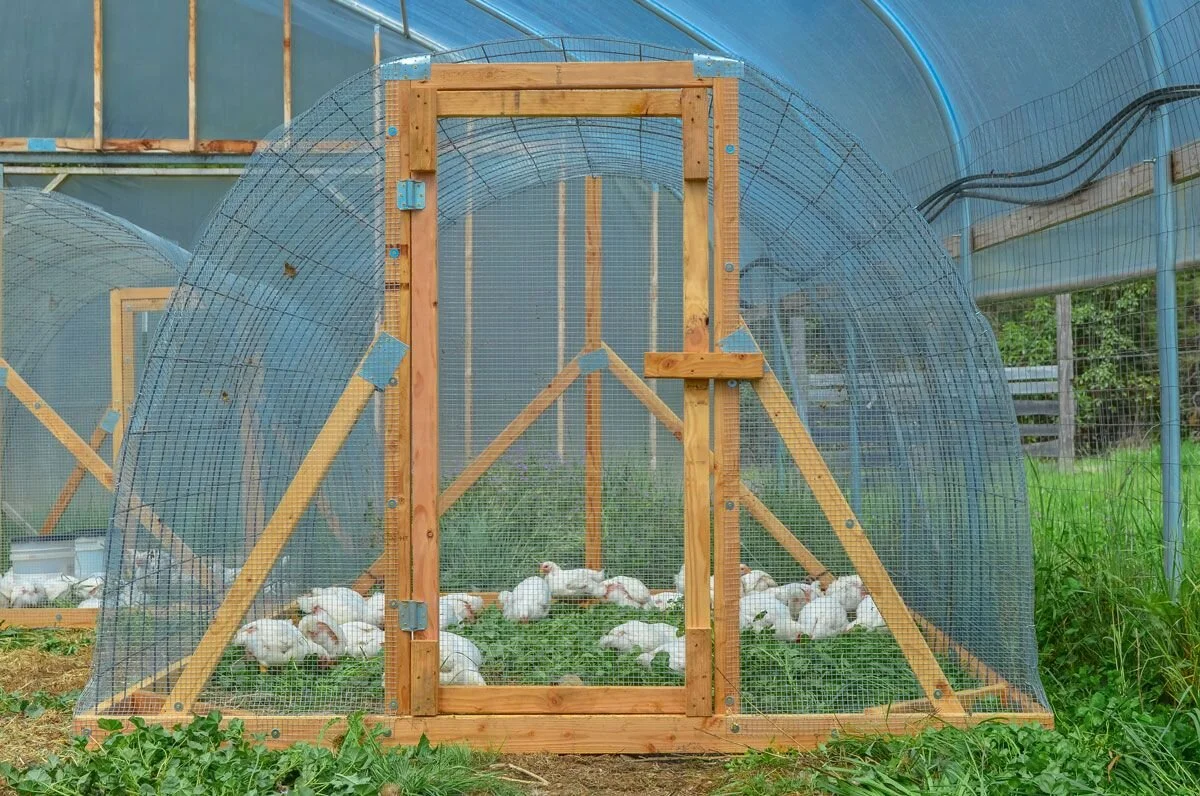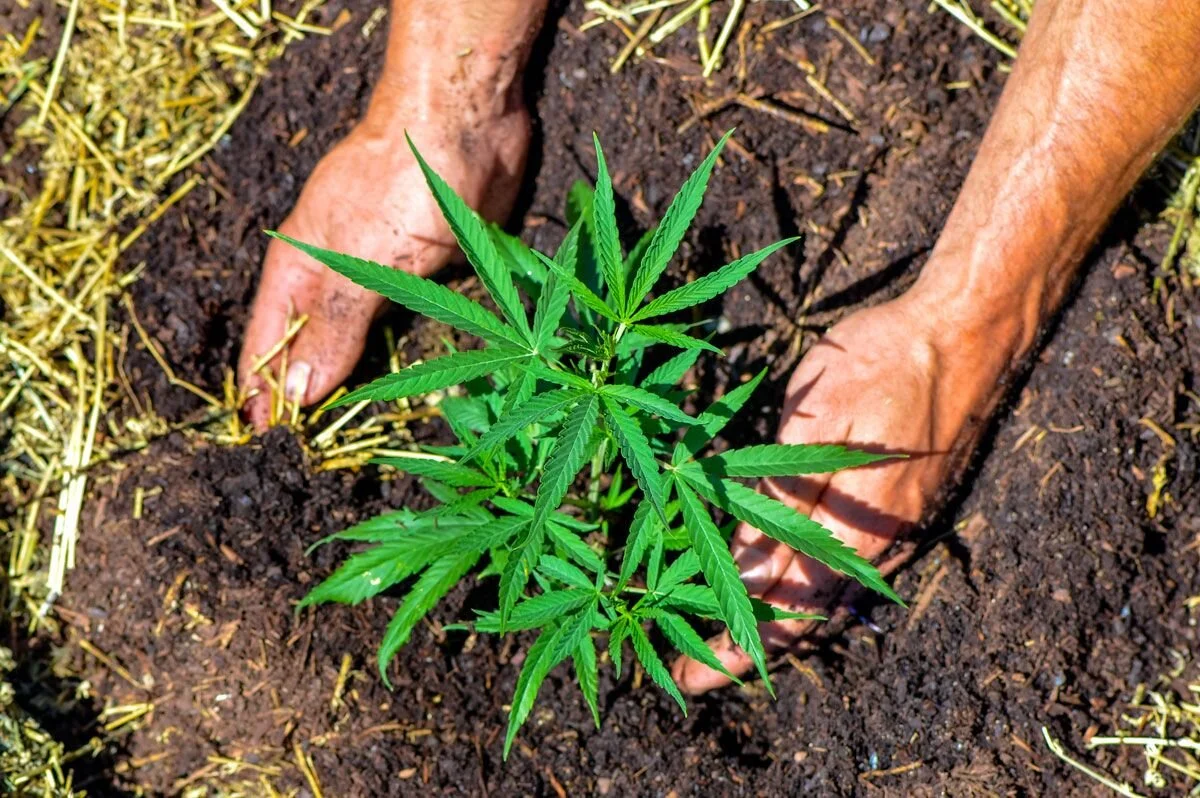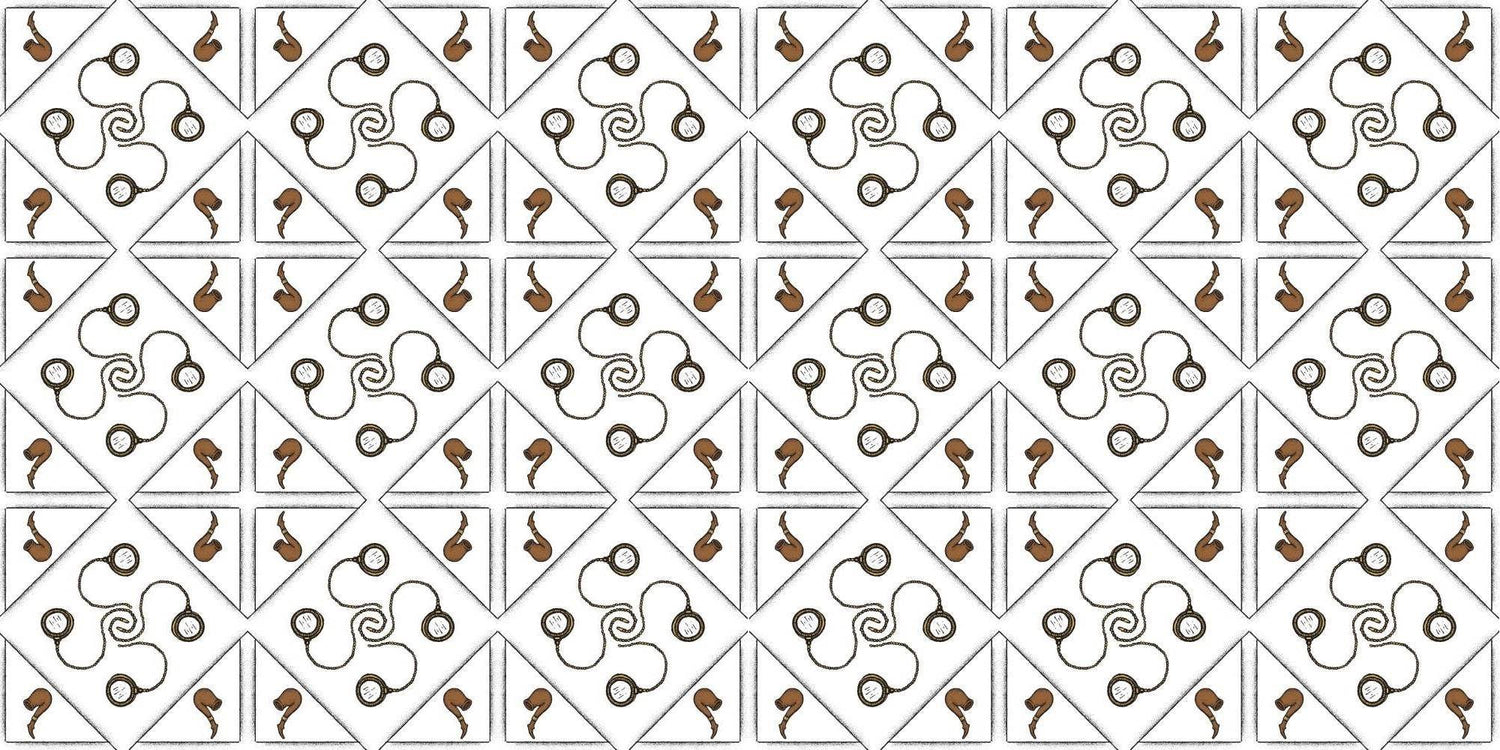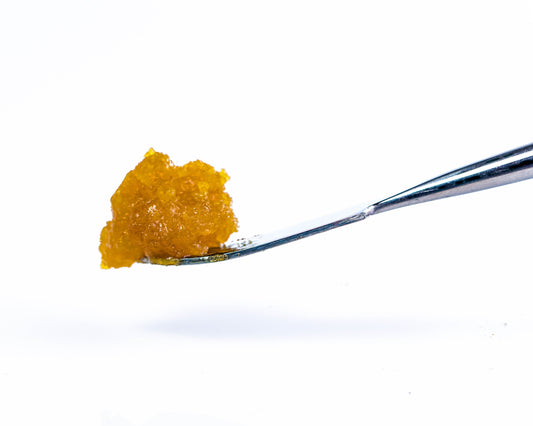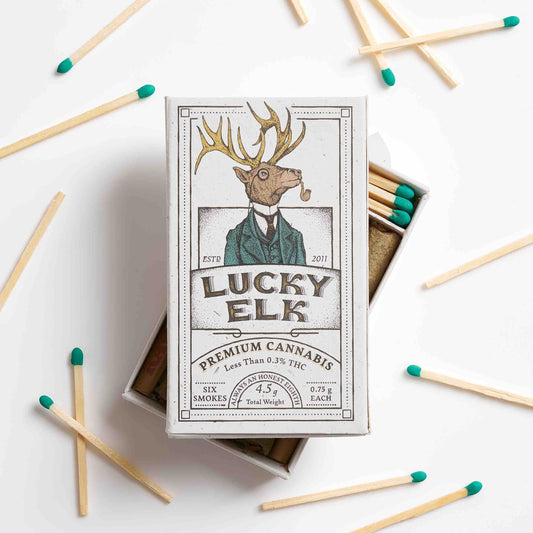
Is it Dirt, or is it Soil?
Hit the dirt ... drag through the dirt ... get your hands dirty ... dirt cheap ... dirt poor ... dirt bag ...
What's with all the bad dirt?
'The nation that destroys its soil, destroys itself.' - Franklin Delano Roosevelt
Turning Dirt into Soil
At Lucky Elk, we're taking a firm stand. It's time to reclaim our precious soil!
'Essentially, all life depends upon the soil ... There can be no life without soil and no soil without life; they have evolved together.' - Charles E. Kellogg, USDA Yearbook of Agriculture, 1938
DID YOU KNOW?
The best soil on most farms is found in the fence row.
This is reported by the National Resource Conservation Service (NRCS). And I'll tell you why it's true ...
Because you don't drive your tractor on the fence.
Grass clipping, field residue, wind-blown leaves ... collect along fence lines. Layers of mulch build for seasons, years, even decades. In the undisturbed soil below, worms wriggle through crumbly, organic humus.
'Tillage (or plowing) destroys the soil’s structure! Tillage destroys “aggregation” or the soil’s structure – the habitat soil microorganisms depend upon to ensure critical soil functions like nutrient cycling. Tillage also reduces organic matter content and increases erosion, which reduces the sustainability of our food production system.' (NRCS, Soil Health Nuggets, www.nrcs.usda.gov)
Don't Call me a Soil Bag ...
Secret Recipe for Building Perfect, Healthy Soil
(& growing amazing Cannabis sativa L.) ...
To be honest, there's no single recipe that’ll work for everyone. You should be careful about seeking a one-size-fits-all solution because what works for one soil type might damage another! Farming and gardening are humbling activities. Be patient. Be willing to fail. Be willing to learn.
'but tho’ an old man, I am but a young gardener.' - Thomas Jefferson
A Good Place to Start
Observe your land. For as long and as often as you can. Notice the natural cycles. Observe what happens and when things happen. Get out and dig in the dirt ... ahem, soil. You can tell a lot about a soil from digging a hole. Probably more from identifying and learning about the native plants growing there.
'The ultimate goal of farming is not the growing of crops, but the cultivation and perfection of human beings.' Masanobu Fukuoka, One Straw Revolution (1975)
An Even Better Place to Start
Get a soil test. (The only fast and accurate way to understand your soil.)
Inquire at your local Ag extension office. Ask around. Ask a farmer. Go online if you have to for mail-in samples, but you might find the most intimate knowledge of local soils close to home.
How to choose a Soil Testing Laboratory
Of course, you want real scientists doing real science in the lab. But you also want someone to interpret and present the data in a meaningful, practical format.
Some questions to ask: Can they provide references for other farmers growing the same crop? Do they understand your goals as a grower? Can they provide detailed recommendations for achieving your goals?
Example Soil Tests from Our Farm
This is what you should look for in a soil test. It analyzed the samples taken from our 30' x 72' greenhouse. After a few years of growing tomatoes with annual tillage, the soil was fairly depleted:

*On page 2, detailed instructions are tailored to achieving specific goals and using locally-sourced materials.

Compost Recipe for Clay Soil -- makes 20 yards
fresh fine bark — 20 yds
shredded non-GMO alfalfa — 500 lbs
calcium carbonate (limestone)* — 180 lbs
feather meal — 180 lbs
kelp meal — 100 lbs
gypsum — 40 lbs
*We avoided dolomite lime because it contains magnesium. According to the results, the greenhouse soil already had 18.52% magnesium.
Ideal Primary Cation Balance
Calcium — 75-80%
Magnesium — 16-18%
Potassium — 3-5%
You can add truckloads of fertilizers, but if the Soil pH is too low, or the Primary Cations are imbalanced, you probably won't achieve the results you want. In our greenhouse, we aimed high and followed the recommendations exactly. We built a very expensive and very labor-intensive compost pile. The dividends paid after one season.
Soil Test One Year Later

*Notice the incredible increase in Volatile Organic Content (VOC) from 'undetected' to 8%
Most major nutrients are now in balance.

Before sampling, we used the greenhouse as spring housing for 150 chickens, so the nitrogen imbalance wasn't a surprise considering all the self-applying poultry manure that went into the soil. After the soil test results, we wanted to increase drainage.
Using No-Till to Increase Drainage in Your Soil
- Loosen the soil with a broadfork, a pitchfork, or another tool with long, sturdy tines. The trick is opening the subsoil without mixing the topsoil much.
- Build raised beds.
- Apply 2-3" layer of compost.
- Apply 4-6" layer of mulch (high quality, non-GMO alfalfa is best)
- Apply more compost.
|
|
|
(Rotating chickens through the greenhouse reduces the population of pest insects. Raised beds help with drainage, an important part of managing our no-till greenhouse.)
If You're Going to Use a Tractor ...
Wait until the soil is evenly moist. Patience, timing, and irrigation are important. Avoid compaction at all costs.
We use tillage sparingly, only on sandy loam soils.
Organic Fertilizer Application Rates* -- Sandy Loam Soil w/ high Potassium (per 100 sq. ft.)
feather meal — 8 lbs
bone meal — 3 lbs
dolomite lime — 5 lbs
gypsum — 2.5 lbs
Organic Fertilizer Application Rates* -- General Sandy Loam (per 100 sq. ft.)
feather meal — 10 lbs
bone meal — 5 lbs
potassium sulfate — 2.5 lbs
*Examples only. The needs of your soil will vary.
Don't Forget to Mulch!
Apply a heavy mulch (at least 4-6")
Apply a new layer of mulch at least once per year. The bottom layers will decompose into humus, bringing life to your soil. Heavy mulch nearly eliminates weeding. Great for water conservation, too.
|
|
|
With proper spacing, the upper leaf canopy of your mature plants create the addition benefits of a living mulch.

